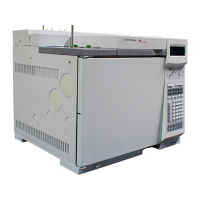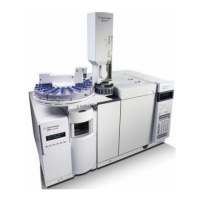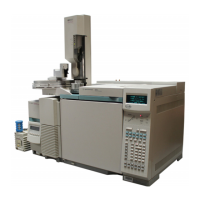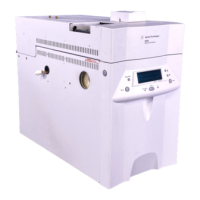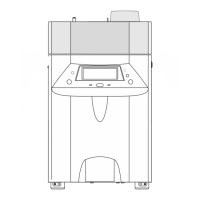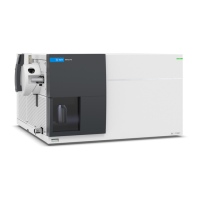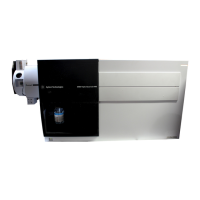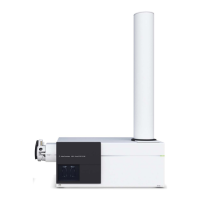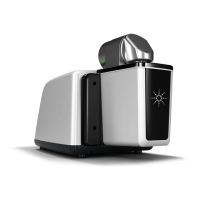Analytical Sequences
Defining a sequence
222
Post Sequence
Post Sequence is a pair of events that may be applied after the last
subsequence. Post Sequence may load a method—usually to shut down gases
and lower temperatures—and may repeat the set of subsequences.
Procedure: Creating a sequence
1. Press [Seq] to open the sequence control table.
2. Create a Priority Sequence, if desired. This is either a valve or sampler subse-
quence, with two differences. The method line is labeled Priority
meth #. An additional line, labeled Use priority, may be set either On
or Off.
3. Create one to five subsequences. Subsequences may be either valve subse-
quences (page 223) or sampler subsequences (page 222). Both types can be
used in the same sequence.
4. Change the Post Sequence events, if desired.
5. Store the completed sequence.
Procedure: Creating a sampler subsequence
To create a sampler subsequence:
1. Press [Seq] to open the sequence control table.
2. Scroll to a subsequence Method # line. If this is the Priority Sequence,
the line is labeled Priority meth #.
3. Enter a method number. Use 0 for the currently active method, 1 to 5 for the
stored methods, or Off to end the sequence.
The active method, 0, will change during the sequence if the subsequences
use stored methods. Therefore method 0 should be chosen for the Priority
Sequence only if all subsequences use method 0.

